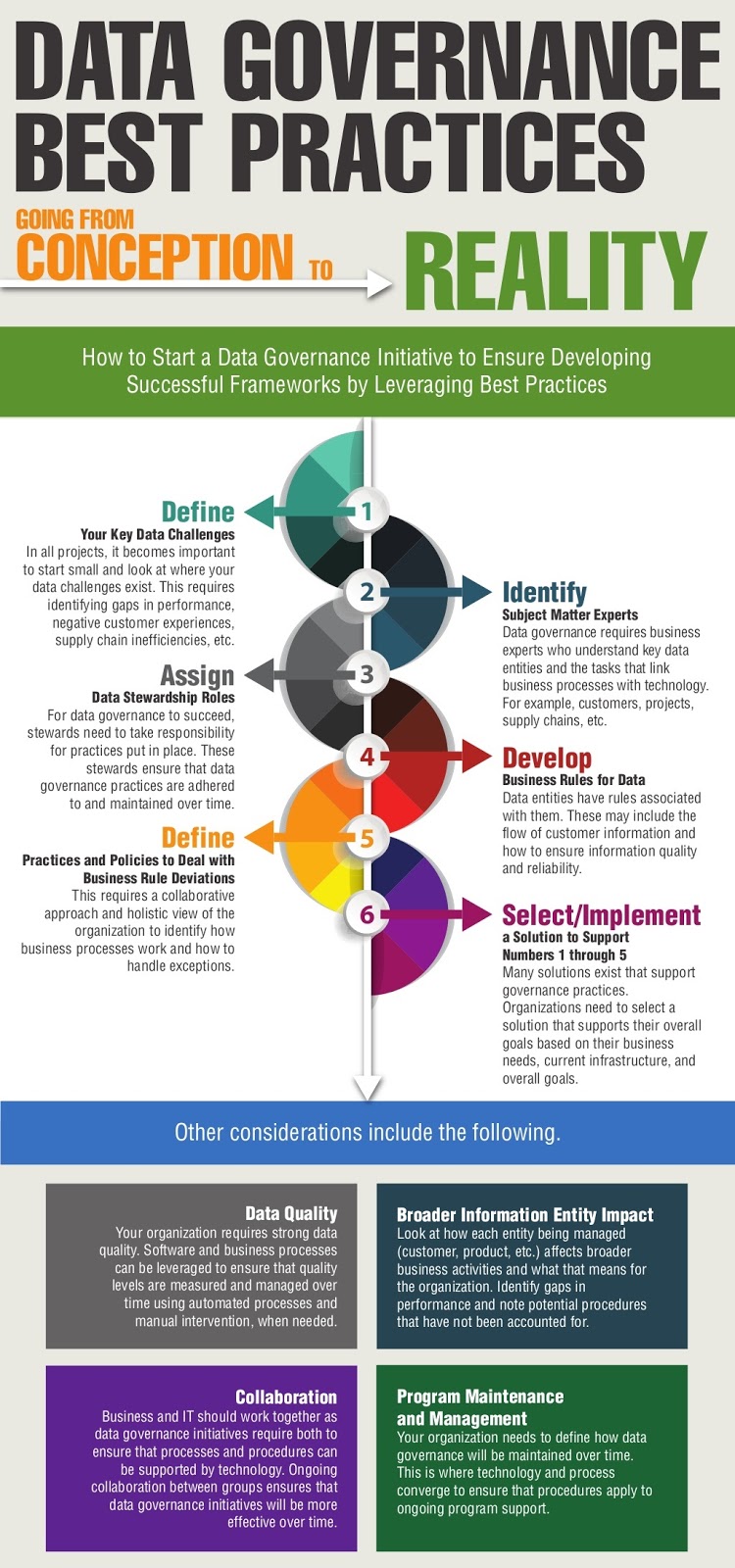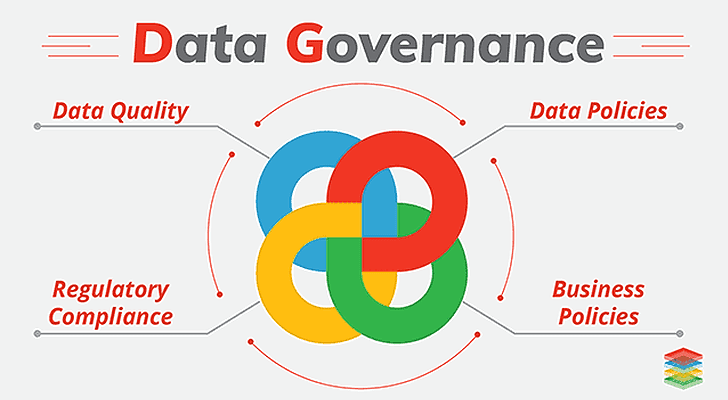Data Governance: Companies today must do all they can to create advantages against the competition.
This means using all available resources to their advantage and creating an internal environment that supports fast growth and an ability to adapt to and even interpret changing business conditions.
One critical tool today is data. The collection and management of data surrounding company activities have come to the forefront of business and allows an enterprise to know their customers better, develop, position and market their products more effectively, and understand how to make their organizations more efficient.
Although data collection and management now sits at the heart of the business, companies can find themselves overwhelmed in terms of how to collect it and make it useful.
With so much of it available and needing interpreting, businesses must utilize sophisticated software tools like data governance solutions to make sense out of all of it and position it so that it is a usable asset.
Also Read: Key Elements and Important Steps to General Data Protection Regulation (GDPR)

Defining Data Governance
The importance of data collection and the explosion of data available creates a conundrum for companies.
In order to make sense of it all, companies need policies around data. Data governance is data collection and management policies for how a company treats its data.
It sets up rules for making sure that data integrity, availability, and usability is at its highest level.
Data governance is done with software and processes that make data management more efficient, minimize risks, reduce costs, and make sure that the processes used are compliant.
The best data governance tools can help a company to become more successful, and provide them with a powerful tool to grow their business.
Selecting the Best Data governance Tools
The best data governance tools should excel in these top 2 critical areas:
Automation of Metadata Management
Management of all data is important and the best data management tools will each have this as a strength. But one area that must be focused on is metadata because data governance metadata sits right at the heart of things.
It is extraordinarily important to collect and manage metadata efficiently or things can get out of hand quickly.
Having to review and cross-check metadata manually is time-consuming and error-prone.
Therefore, the data governance software you select should have automation of metadata management as a core feature.
Management of Your Workflow
The data management area of your business will involve different parties that need to be coordinated to interact with the data.
This can be difficult to get right and cost you unnecessary time and money.
The software you select should have powerful tools to allow you to manage the workflow around data, allowing anyone who is involved in the process to always know where things are, and to be able to report and hand off things to others seamlessly.
Your data governance software should be intuitive and also have strong capabilities for dealing with artifacts.
In total, the software should make your organization better at controlling and utilizing data in a way that translates to your company’s bottom line.



